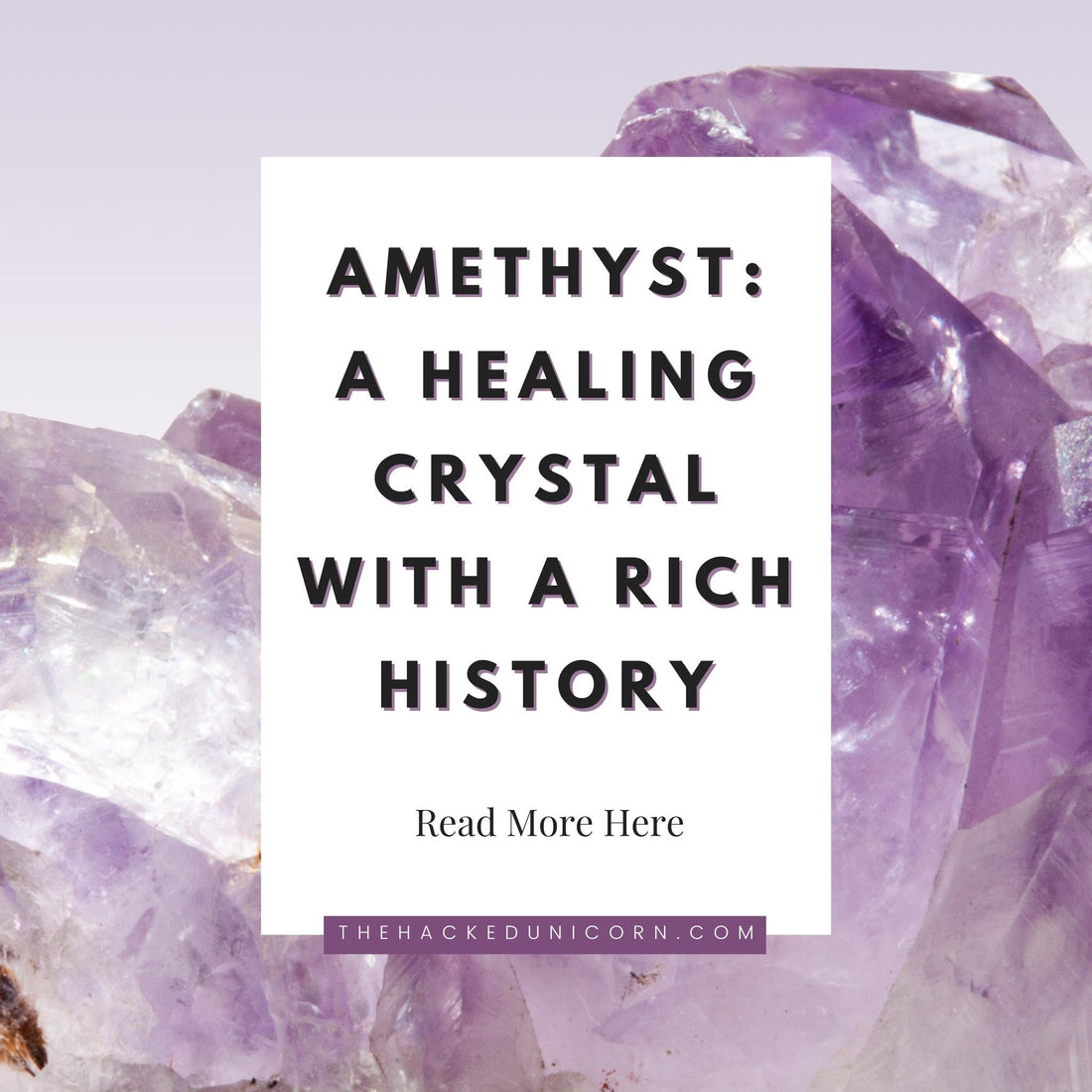Amethyst is a popular choice for those seeking the metaphysical healing benefits of crystals and gemstones. This purple beauty has been prized for centuries for its stunning color, and today it is still revered for its purported ability to help heal the mind, body, and soul. In this blog post, we'll take a look at the history of amethyst, some of the ways it is said to be helpful, and some interesting facts about this fascinating crystal.
History of Amethyst
This quartz crystal has been used for centuries for jewelry, ornamental objects, and as a coveted gemstone. The name amethyst comes from the Greek word "amethustos," which means "not intoxicated." This is likely in reference to the belief that amethyst could prevent drunkenness. Ancient Greeks and Romans would often make drinking vessels out of amethyst in the hopes that it would stop them from becoming intoxicated.
Amethyst was also very popular among royalty in Europe during the Middle Ages. It was often used in ecclesiastical rings and regalia because it symbolized sobriety. At one time, only royalty could afford amethysts, but today this gemstone is more affordable and can be found in all sorts of jewelry.
Metaphysical Healing Properties of Amethyst
Amethyst is said to be helpful for healing the mind, body, and soul. It is said to calm and soothe the user, promote restful sleep, relieve stress and anxiety, and sharpen the intellect. Amethyst is also thought to enhance psychic abilities and intuition. Some people use amethysts in meditation or place them on their altar as part of their spiritual practice.
Amethyst is considered a "master healer" crystal because it is said to be helpful for so many different things. It is associated with the crown chakra and believed to work with all other chakras to restore balance within the body. When placed on the third eye chakra, amethysts are said to open up psychic abilities and intuition.
Interesting Facts About Amethyst
-Amethyst is the official birthstone for February.
-The largest amethyst geode in the world weighed over 10 tons and was found in Brazil.
-Amethysts can range in color from a very light purple to almost black.
-Natural light purple amethysts are more valuable than darker stones.
-Most amethysts on the market today have been heat treated to enhance their color.
-Amethysts can fade in sunlight, so it's best to store them away from direct sunlight when not wearing them.
-The word "amethyst" comes from the Greek word "amethustos," which means "not intoxicated."
-Ancient Greeks and Romans would often make drinking vessels out of amethyst in order stop themselves from become intoxicated.
-In Europe during medieval times only royalty could afford amethysts.
-Amethysts are considered a "master healer" crystal because they are said to be helpful for so many different things.
-Amethysts are associated with the crown chakra and are believed they work with all other chakras to restore balance within the body.
- When placed on the third eye chakra, amethysts are said to open up psychic abilities and intuition.
If you're looking for a healing crystal with a rich history, look no further than amethyst! This beautiful purple gemstone has been prized by cultures around the world for centuries for its stunning color. Today, it remains popular for its metaphysical healing properties. From promoting restful sleep to relieving stress and anxiety, there are many ways that this crystal can be beneficial. If you're interested in incorporating this fascinating stone into your life, be sure to check out our collection of amethyst jewelry!

